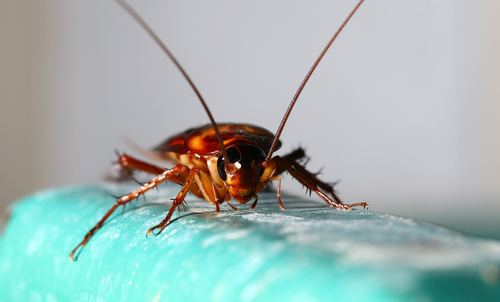Understanding the Connection Between UX Design and Search Rankings
Do you want your pest control website to rank higher in search results? Then you need to understand the impact of user experience (UX) design on SEO.
By optimizing your website’s UX design, you can improve your search rankings and attract more customers.
Learn how to enhance website navigation, maximize mobile responsiveness, and increase user engagement for SEO success.
Don’t miss out on the connection between UX design and search rankings – it’s the power you need to dominate the competition.
Importance of UX Design for Pest Control Sites
You need to prioritize excellent UX website design for your pest control site to improve search rankings. User satisfaction and conversion rate optimization are key factors in achieving this.
A well-designed user experience not only enhances the overall usability of your site but also ensures that visitors have a positive interaction with your brand. This directly impacts user satisfaction and encourages them to stay longer on your site, ultimately leading to higher conversion rates.
When users are satisfied with their experience, they’re more likely to engage with your content, share it with others, and even become repeat customers. Search engines recognize this and consider user satisfaction as an important ranking factor.
Key Elements of UX Design for SEO Optimization
To optimize your pest control site’s SEO, it’s crucial to incorporate key elements of UX design that enhance user satisfaction and improve search rankings. Two essential elements to focus on are responsive design and visual hierarchy.
First, responsive design ensures that your website adapts and functions well on different devices, such as desktops, smartphones, and tablets. This improves user experience by providing a seamless browsing experience regardless of the device used. Search engines favor mobile-friendly sites, so incorporating responsive design can positively impact your search rankings.
Second, visual hierarchy refers to the arrangement and presentation of elements on your website. By using visual cues such as size, color, and placement, you can guide users’ attention and make it easier for them to navigate your site. Clear and intuitive navigation enhances the overall user experience and helps search engines understand the structure of your site.
Enhancing Website Navigation for Better Search Rankings
To improve your pest control site’s search rankings, it’s important to enhance website navigation by implementing user-friendly menus and clear labeling.
By improving accessibility and optimizing site structure, you can create a seamless browsing experience for your users and increase the chances of them staying on your site longer.
User-friendly menus should be intuitive and easy to navigate, ensuring that visitors can find the information they need quickly.
Clear labeling helps users understand what each page or section is about, reducing confusion and enhancing their overall experience.
When search engines crawl your site, they look for easily navigable websites with clear hierarchies.
Maximizing Mobile Responsiveness for SEO Success
Enhance your pest control site’s search rankings by maximizing mobile responsiveness for SEO success. In today’s digital landscape, mobile optimization is crucial for attracting and retaining customers. With the majority of internet users accessing websites through their mobile devices, search engines prioritize mobile-friendly sites in their rankings. By implementing effective mobile optimization strategies, you can improve your site’s visibility and increase its chances of appearing higher in search results.
To achieve mobile responsiveness, focus on creating a responsive design that adapts seamlessly to different screen sizes. Optimize your site’s loading speed by compressing images and minimizing unnecessary elements. Utilize responsive navigation menus and ensure that your content is easily readable on smaller screens.
Additionally, consider implementing mobile-specific SEO strategies such as using location-based keywords and creating mobile-friendly content. By prioritizing mobile responsiveness, you can enhance your pest control site’s search rankings and attract more customers to your business.
Don’t underestimate the power of mobile optimization in driving SEO success.
The Role of User Engagement in SEO Rankings
By understanding how user engagement impacts SEO rankings, you can optimize your pest control site for better search performance.
User engagement refers to the behavior of visitors on your site and includes factors such as time spent on the site, pages visited, and actions taken. Search engines like Google consider user engagement as an important ranking factor because it indicates the relevance and usefulness of your content to users.
One metric that search engines use to measure user engagement is the bounce rate, which is the percentage of users who leave your site after viewing only one page. A high bounce rate may indicate that your site isn’t meeting the needs of users, leading to a negative impact on your SEO rankings.
To improve user engagement and reduce bounce rate, focus on creating high-quality content and providing a seamless user experience on your pest control site.
In conclusion, understanding the impact of UX design on SEO for pest control sites is crucial for achieving better search rankings.
By focusing on key elements such as website navigation and mobile responsiveness, pest control businesses can enhance user experience and increase their chances of success in search engine rankings.
Additionally, user engagement plays a vital role in SEO rankings, making it essential for businesses to prioritize user satisfaction and engagement.
By implementing effective UX design strategies, pest control sites can improve their online visibility and attract more potential customers.

